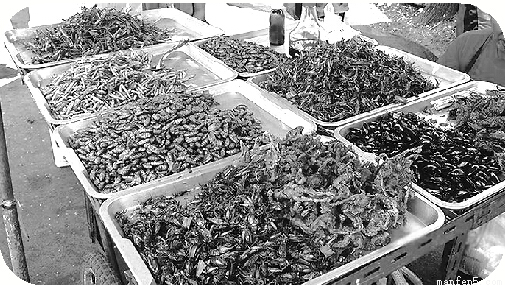题目内容
I was born with a heart disease. As I grew up, parts of my heart started to ____ and I was often out of breath. So when I was eight, the doctors opened my chest to ____ it. When they saw the state of my heart, they told my parents, “We don’t expect him to ____ the night.” I was in and out of a coma (昏迷) for three months. Every day the fact that I wasn’t ____ was a good thing.
Finally, the doctors ____ I’d be better off at home — saying that I wasn’t going to live long. But I ____ and had something close to a ____ childhood. As a teenager, I began to ____ heart failure again. But I was ____ to go to college, become a manager and get married to Jo.
I started my own ____ so I could work flexible (灵活的) hours, ____ Jo and I had two children: Josh and Liam. I ____ to keep a good standard of life for everyone, even when I was waking up feeling sick every morning. By January last year, my heart failure was so ____ I often couldn’t walk more than a few yards.
I was worried about not being around for my ____. I had to explain to Josh that the ____ telling me an organ (器官) had been found could come any time and I’d be rushed to hospital, perhaps ____ I could say goodbye. A few days later, the phone rang and Josh said, “Is that the doctor with your new ____?” However it was ____ a salesman.
May 4 was the day a transplant (移植) match was found. I was out of hospital within five weeks and, within a few ____, feeling much better. By October, I was taking part in a 30-mile bike ride.
These days I spend a lot of time talking to kids with heart ____. I want to support others who’ve had a hard time.
1.A. feel B. fail C. improve D. work
2.A. repair B. discover C. hear D. prevent
3.A. stay B. waste C. see D. last
4.A. dead B. sad C. sick D. worried
5.A. expected B. decided C. required D. learned
6.A. went out B. gave up C. looked back D. carried on
7.A. lucky B. normal C. busy D. poor
8.A. stop B. accept C. experience D. examine
9.A. ready B. likely C. able D. sure
10.A. ride B. family C. holiday D. company
11.A. and B. but C. since D. unless
12.A. waited B. tried C. agreed D. offered
13.A. easy B. quiet C. bad D. strange
14.A. children B. parents C. wife D. doctors
15.A. person B. letter C. call D. note
16.A. when B. before C. although D. if
17.A. heart B. bike C. drug D. address
18.A. then B. yet C. just D. soon
19.A. days B. weeks C. months D. years
20.A. conditions B. problems C. operations D. transplants



 I saw my seven-year-old son, Paul.
I saw my seven-year-old son, Paul.